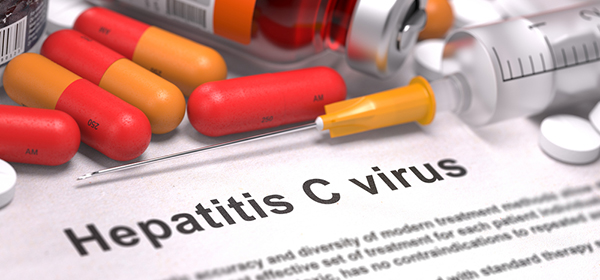Living in a world where cures for all health conditions can be developed and affordably accessed is the dream of many, but when it comes at a cost to other sick people, is the trade-off simply too great?
That’s the questions many are asking after Health Minister Sussan Ley announced that the Government would fund new treatments to help cure Hepatitis C, a disease that currently affects 230,000 Australians. A staggering number you’ll no doubt agree, but what is perhaps a more interesting statistic is that, as stated in the Government’s fourth national Hepatitis C strategy, eight out of 10 sufferers contracted the disease due to “unsafe practices with drugs”. And it’s a disease that is rife in prisons across Australia, with 30 per cent of male and 60 per of female prisoners diagnosed with the disease.
All quite sobering numbers, I’m sure you’ll agree, and ones that make the $1 billion of government funding seem appropriate. However, as we all know, after the Mid Year Economic and Fiscal Outlook (MYEFO) delivered last week, every new initiative comes at cost to something else. In this instance it’s the bulk billing of blood tests, x-rays and MRI scans.
Ms Ley has confirmed that revenue from the cuts to the incentives to bulk bill patients paid to imaging and pathology providers will be used to fund the Hepatitis C treatments. According to the Australian Diagnostic Imaging Association, the out-of-pocket expenses to patients, once the cuts are made, will be up to $56 for an x-ray, $101 for an ultrasound and $173 for an MRI. Pathology patients can expect to pay around $20 for each blood test when the cuts come into play in July next year.
Speaking in Canberra, the Health Minster said, “This demonstrates that the Government is prepared to make the tough decisions to prioritise where we should put our health dollar in Australia”.
This priority will see $650 million worth of cuts to pathology and imaging funding – cuts that are likely to face opposition when the resulting legislation is introduced to the Senate.
Labor has already signalled that it will not support such cuts, with Opposition Health spokesperson Catherine King saying, “It’s an absurd proposition to make cancer patients, and people with diabetes and other serious health conditions pay for the drugs needed by other seriously ill patients”.
The cost of the new treatment for Hepatitis C will be around $100,000 per patient, but when it is available under the Pharmaceutical Benefits Scheme (PBS), it will cost concession card holders just $6.10 per prescription, and those without $37.70. There is also little restriction on the program, with drug users who are initially cured by the treatment being able to access it a second time should they contract the disease again.
Ms Ley defended those who will benefit from the treatment despite their lifestyle choices.
“People don’t get Hepatitis C because it is their own fault,” she said. “It is a disease that is seen in every walk of life in Australia from high rise office blocks in our major cities, the captains of industry so to speak, to the homeless person in the street bear where we live. We don’t want to make judgments about people’s lifestyle choices and we’re not doing that is this case.”
However, it was just last month that the Health Minister asked in her survey about public health services whether smokers, due to their lifestyle choices, should pay more for health insurance.
Hepatitis Australia chief Helen Tyrell said that, with the new treatments, the disease would no longer be a public health concern with 15–20 years and that, once people are cured, the infection rate will reduce considerably.
Read more at News.com.au
Do you think the funding of Hepatitis C treatment is worthwhile and that the cuts to bulk-billing incentives for pathology and imaging are the best way to offset such costs? Should the treatment have stricter access conditions for those who continue to put themselves at risk of the disease? Will you have to pay more once the cuts to pathology and imaging bulk billing are implemented?

